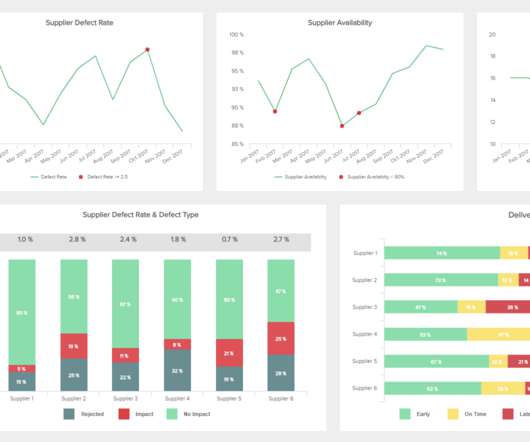What’s the Difference Between Business Intelligence and Business Analytics?
Sisense
AUGUST 11, 2019
The sheer quantity and scope of data produced and stored by your company can make it incredibly hard to peer through the number-fog to pick out the details you need. This is where Business Analytics (BA) and Business Intelligence (BI) come in: both provide methods and tools for handling and making sense of the data at your disposal.














Let's personalize your content